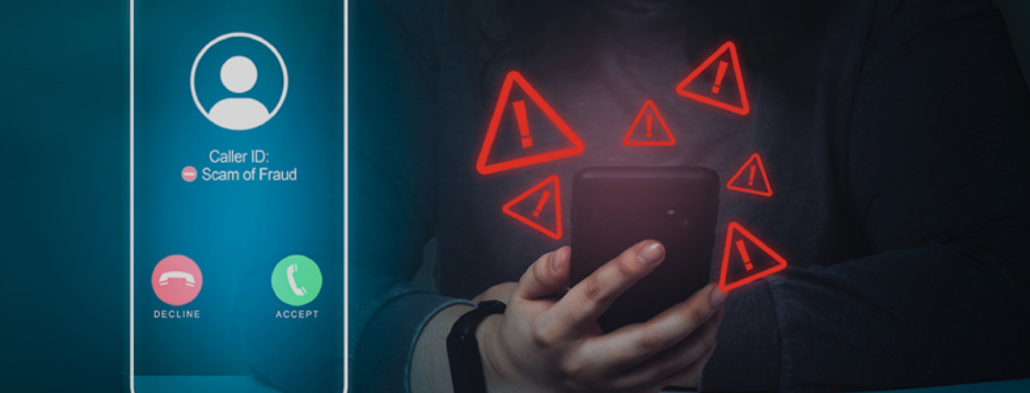Phishing is a form of social engineering attack that targets victims' psychological behaviors and impulses rather than logic. These attacks typically trick victims into revealing personal information -- such as credit card numbers, bank information, or passwords -- on websites that pretend to be legitimate.
Cybercriminals pose as reputable companies, friends, or acquaintances in a fake email or message that contains a link to a phishing website to mislead the victims into slipping on a scam. Some phishing emails go far beyond automatically and unknowingly installing malignant software to extract personal information and security protocols from the system.
Since the 2000s, phishing has been the most extensive cyberattack contributing to BEC and ransomware.
Phishing attacks target human psychological states of mind like curiosity, sense of urgency, greed, and FOMO. The most convenient way for a phishing attack is through email. A phishing email contains one or all of the following:
Accessing any of the above will grant the cybercriminal access to sensitive data, such as login credentials, credit card numbers, important PINs, and even your online activity. In cases of an employee, it takes only one to trap the whole organization into the scam.
Phishing is dangerous because it is successful 99% of the time. Not only does one lose data and information, but additionally they must face the consequences of the loss. It is dangerous as it does not just end with one person. By impersonating the target, the attackers gain access to their friends, family, and co-workers, and the chain goes on. Once they get what they need, the cybercriminals use the stolen information to their advantage - changing account passwords, withdrawing or transferring money, luring money from trusted partners, and more!
If the targeted victim is from a business, the email they are phished with serves as the hook for all the others in the company (think data breach). The damage done by phishing emails is extensive, leading to crimes like blocking access to the entire organization's network and demanding a ransom payment. On top of this, there can be identity theft of several customers, partners, and business secrets and agreements - enough to spoil years of reputation and bring down a company.
With the growth of technology, cybercriminals have become wiser and more sophisticated in fabricating crimes that escape the attention of even experienced security personnel.
However, fabrication can only happen if there is engagement with the said phishing email. Here are some ways through which that happen:
Phishing emails often use crafty subject lines to entice the recipient to open the email and act immediately without thinking twice or verifying the authenticity of an email. Here are some common phishing subject lines:
To tackle intelligent phishing scams, businesses must educate their employees and invest in a smart email security solution.

Smishing | Email Security

Vishing | Email Security

Spear Phishing | Email Security